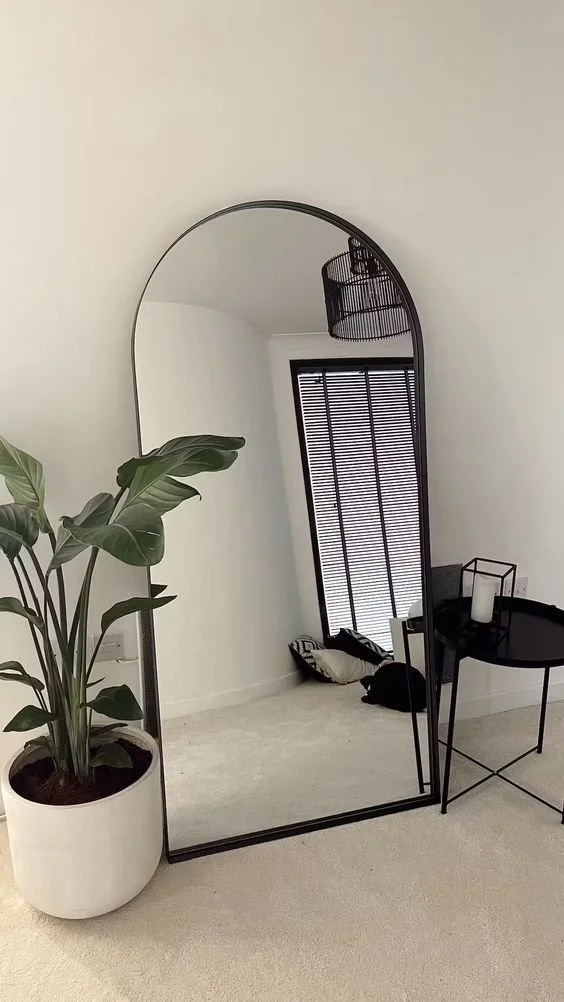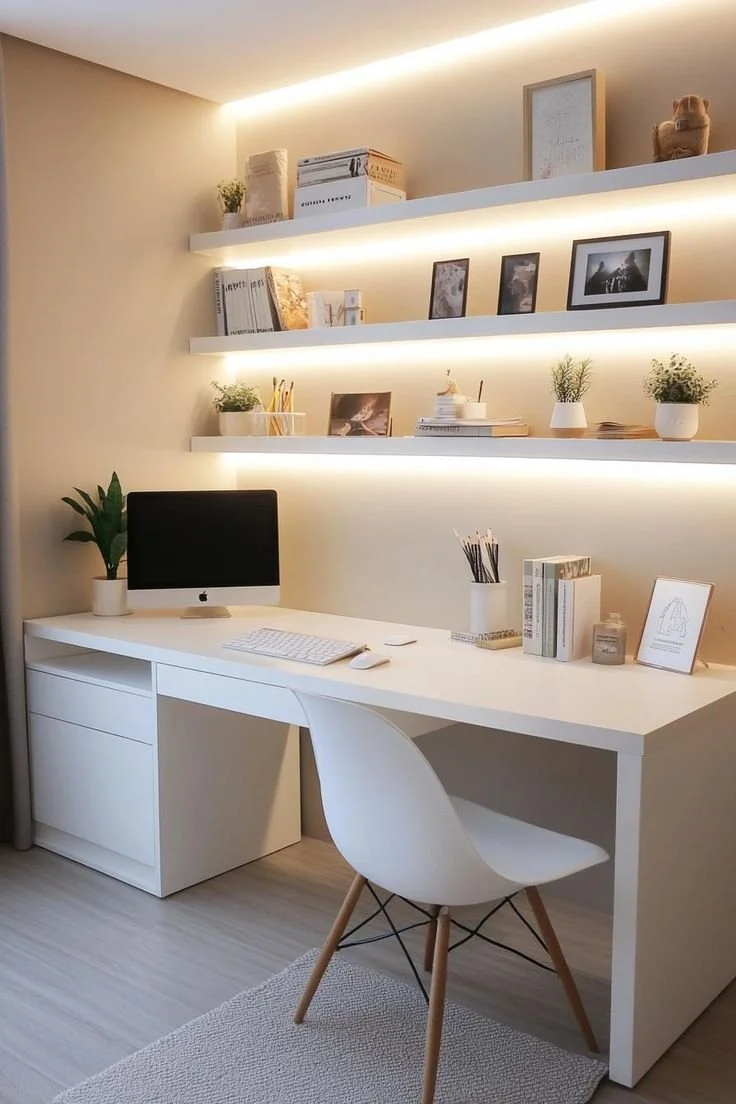The Power of Simplicity: Redefining Spaces Through Minimalist Design
In an era defined by noise, clutter, and fast-paced living, the desire for calm and clarity within the home is stronger than ever. One design philosophy rising to meet that need is minimalism. With its “less is more” mantra, minimalist design has evolved beyond just a style—it's become a way of life that transforms both spaces and mindsets.
Especially in bustling urban environments, where space is precious and overstimulation is constant, minimalist interiors provide a sanctuary of balance and breathing room. Through clean lines, intentional choices, and a thoughtful use of space, minimalism invites clarity into everyday living.
The Philosophy Behind Minimalism
At its core, minimalism is not just about having fewer things. It’s about creating more meaning with what you choose to keep. This design principle emphasizes functionality, clarity, and an uncluttered visual language.
Rather than focusing on excess or decoration, minimalist interiors are built on purpose. Every piece of furniture, every color, and every open space plays a role in shaping how a room feels and functions.
Key Features of a Minimalist Interior
To understand minimalist design, it helps to break it down into a few defining elements.
First, simplicity in form is essential. Clean lines and basic geometric shapes dominate, allowing the space to breathe and speak for itself.
Next, neutral color palettes form the foundation. Whites, grays, taupes, and soft earthy tones set the stage for serenity. Accents may appear—but they’re always intentional and understated.
Additionally, every piece must serve a function. Decorative objects are chosen not just for beauty, but for the value they add—emotionally or practically. Open floor plans, ample natural light, and hidden storage solutions also help keep things orderly and efficient.
Why Minimalism Works in Today’s Homes
Minimalist spaces offer more than just good looks. They provide a lifestyle shift.
For one, they’re easier to clean and maintain. Fewer objects mean less to dust, store, or organize.
Also, uncluttered rooms can lead to uncluttered minds. The simplicity promotes a sense of calm and reduces stress, especially important in homes that double as offices, gyms, or classrooms.
Moreover, minimalism encourages mindful consumption. Instead of buying endlessly, homeowners focus on quality over quantity, investing in lasting pieces they truly love.
Designing With Personality—Even With Less
While some imagine minimalist homes as sterile or impersonal, this couldn't be further from the truth. In fact, the best minimalist spaces reflect deep personality and story—just with restraint.
To begin, personalization can come from a single artwork, a textured rug, or a cherished family heirloom. These elements gain more attention because they’re not lost in a sea of clutter.
Furthermore, subtle variations in tone, material, and layout help express individuality. Whether it’s a Scandinavian-inspired interior or a Japanese minimalist aesthetic, each space can speak volumes about its owner, without saying too much.
Adapting Minimalism to Different Living Spaces
One of the biggest advantages of minimalist design is its adaptability. It’s not limited to small apartments or modern lofts.
In fact, minimalism can be applied to any home, no matter the size or layout. Large homes benefit from the open, airy feeling it provides, while smaller homes use it to maximize functionality.
Additionally, each room can embrace minimalism differently. A minimalist bedroom may focus on soft lighting and limited furniture, while a minimalist kitchen may highlight clean surfaces, organized storage, and streamlined appliances.
Therefore, this design approach can be flexible, evolving with the homeowner’s needs.
Minimalist Interiors as Emotional Retreats
In many ways, minimalist spaces become personal sanctuaries.
Because these designs reduce sensory overload, they support mental wellness and emotional reset. The quiet tones, open spaces, and calming atmosphere promote mindfulness and intentional living.
Furthermore, the absence of visual clutter encourages a deeper appreciation for what remains—be it a view out the window or a comfortable reading nook.
Ultimately, minimalist interiors are not cold—they’re carefully curated to feel calm, grounded, and emotionally safe.
The Role of Quality and Craftsmanship
When fewer items fill a room, each one matters more. This puts emphasis on quality and thoughtful selection.
As a result, minimalist homes often feature high-end materials—natural wood, stone, linen, leather. The beauty lies in the texture, the finish, and the craftsmanship.
Additionally, well-made items stand the test of time. They reduce the need for constant replacements and contribute to a more sustainable lifestyle.
Thus, investing in fewer but better pieces becomes part of the minimalist mindset.
Storage Solutions for a Clutter-Free Life
One of the hidden strengths of minimalism is its approach to storage. Clean spaces don’t happen by accident—they’re designed that way.
Built-in storage, hidden cabinets, and multifunctional furniture help homeowners keep surfaces clear.
For instance, a bench may double as storage for shoes, or a bed frame might include drawers underneath.
Also, vertical storage makes smart use of wall space while keeping the room feeling open. These details are subtle but transformative.
Timelessness Over Trends
Minimalist design resists fleeting trends. Instead, it embraces timeless aesthetics that age gracefully.
This means minimalist interiors often feel fresh for years. Unlike bold fads that come and go, clean lines and neutral tones adapt easily as styles shift.
Moreover, the minimalist focus on function ensures that spaces remain livable—not just beautiful. This lasting relevance makes minimalism a wise, long-term design strategy.
Final Thoughts: More Life With Less
In a world overloaded with options, distractions, and stuff, minimalist design offers an alternative—a return to essentials, a celebration of calm.
Whether you're living in a compact city flat or a spacious suburban home, adopting minimalist principles can bring clarity, beauty, and balance to your everyday life.
So, begin with one room. Remove what’s unnecessary. Choose with purpose. Let space, light, and simplicity do the rest.
Ultimately, minimalist design isn't about having less for the sake of it—it's about making space for more of what truly matters.

